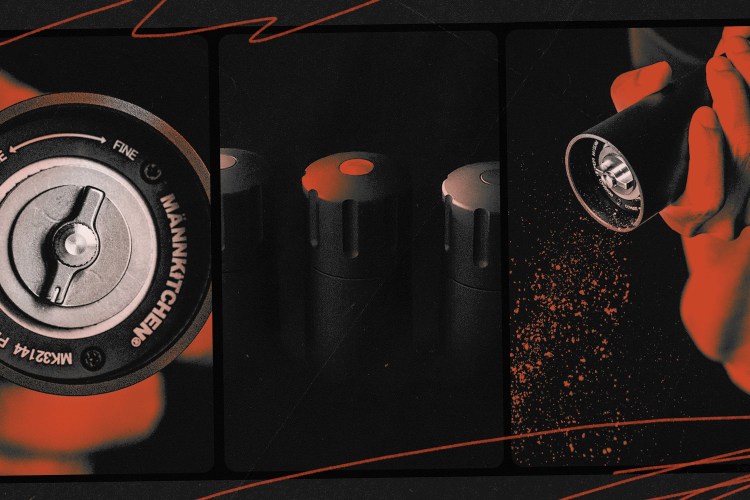Archaeologist Huw Groucutt and his team had been driving a particular stretch in Saudi Arabia for years and finally, in 2014, they decided to examine the bones they thought they could see sticking out of the eroding sand. Within two years, the team had found more than 800 fossilized animal bones and nearly 400 stone artifacts. But the biggest discovery was the middle digit of a finger bone from what appeared to be a human, reports Smithsonian Magazine. The finger bone dated to at least 85,000 years ago. Fossilization on land is very difficult, making the finger bone very rare. The water and wet sediments of the paleolake must have somehow offered the right protection from oxygen in order to preserve the bone.
But as lucky as it was that the bone was preserved, it is infinitely luckier that the researchers found it. Finding a human bone in the Nefud Desert is perhaps the world’s most impressive example of a needle in a haystack, writes Smithsonian. The bone may be one of the oldest examples of any Homo sapiens remains found outside Africa, and it suggests that modern humans are moved out of Africa multiple times during many windows of opportunity in the last 100,000 years or so.
Thanks for reading InsideHook. Sign up for our daily newsletter and be in the know.


















